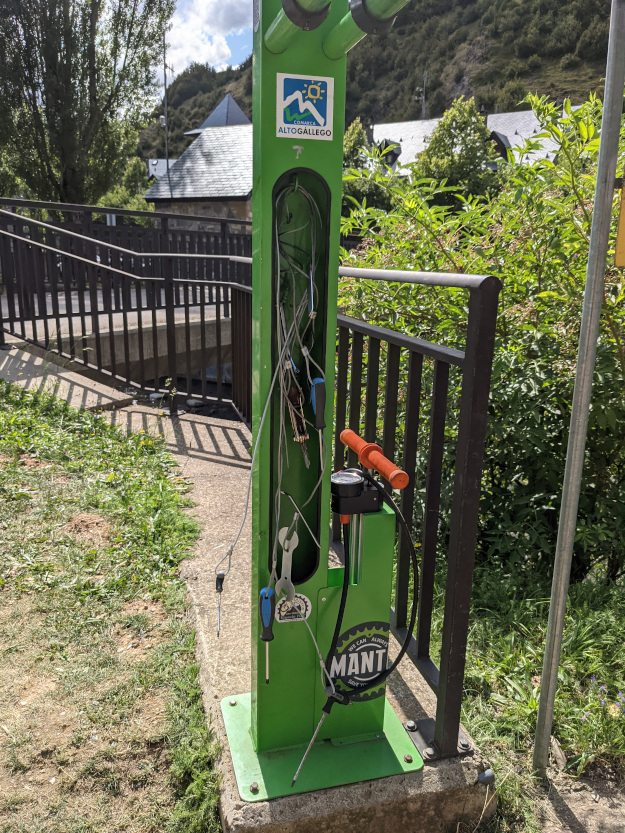Media surrounds us and we constantly are informed by it. It has an impressive power to both educate and manipulate people, and we should demand seriousness and rigor. After all, narrating reality should not be so difficult.
Regarding biking, media makes mistakes with the word “accident” often. Take for example a rider runned over by a car. Usually, media expresses it as an “accident” in order to probably show a shocking word to attract reader’s attention. In reality, a reflection is needed to express what is behind the event since the complete piece of news is explained only after the striking headline. It also happens in the TV news.
The Associated Press style book, which is published since 2016, recommends the use of “crash” instead of “accident” in such cases. This way blaming the biker is avoided because “accident” implies the car has had nothing to cause the death while this it not true. Due to the fact that the rider is usually the weaker actor on the road, he typically suffers the injuries. The word “accident” seems to accept that the crash is unpredictable, whereas it could surely have been avoided and prevented. In the end, small changes in media contribute to modify public opinion about biking which in turn will provoke an increment in public pressure to reduce casualties on asphalt.

